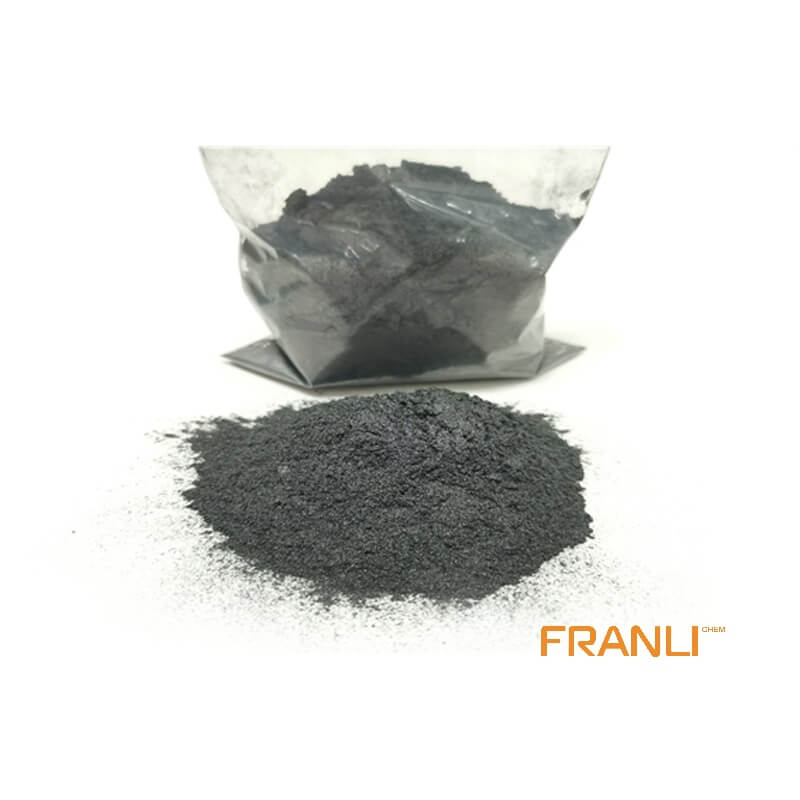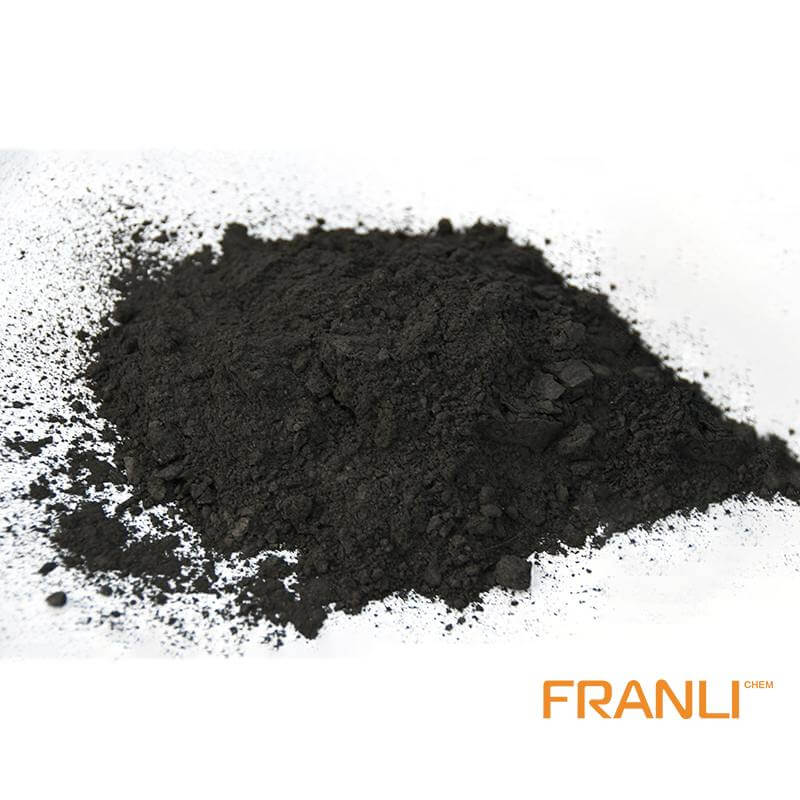

Synthetic Graphite
Size
0.1mm or 2mm, etc
Carbon Content
99%min
Package
25kg small bags into ton bags or ton bags
Features
Thin material, high temperature resistance, etc
Application
Used in computer, mobile phone motherboard, screen, LCD, camera and other equipment. ,etc.
Synthetic graphite sheet, also known as artificial graphite sheet, is a brand-new heat dissipation material. Using advanced carbonization and graphitization technology, thermal conductive films with unique lattice orientation are fabricated by high-temperature sintering at 3000 ℃. It mainly dissipates heat evenly along two directions, and the lamellar structure can well adapt to any surface.
Request a quote
In some aspects, the overall performance of synthetic graphite is better than that of natural flake graphite, but recent studies have found that veined anode graphite has better performance than synthetic graphite. According to foreign media reports, Ceylon graphite is pleased to announce that its pulse graphite cathode material for all cells in the lithium-ion battery market has made a significant performance breakthrough.

In the test conducted by UCL, the world’s leading independent institution, the company’s pulse graphite negative electrode material far exceeds the similar negative electrode material made of industry-standard commercial synthetic graphite. This is the first full cell test of commercial spheroidized pulse graphite material in lithium-ion batteries in the history of battery research.
The results show that the discharge specific capacity (SDC) of this pulse graphite material is 161 and 165 MAH / g respectively, which exceeds the best-expected value of commercial synthetic graphite, and its discharge specific capacity is 153 MAH / g.
The extended cycle shows reversible charge/discharge behavior. After 50 cycles, the total capacity loss is less than 10%. In contrast, after C / 5 stable cycles (25-50 times), the pulse graphite material with the best performance provides an average reversible capacity of 155 MAH / g, while the standard synthetic graphite is 139 MAH / g. the battery is tested at the rate of C / 5 in the full cell system, which is equivalent to 5 hours of charging and 5 hours of discharge. It can complete more than 2 complete cycles per day, i.e. 25-50 cycles.

Compared with the current commercial synthetic graphite, the company’s pulse graphite material has excellent properties. This is because Sri Lanka vein graphite has high crystallinity; In addition, the coated spheroidized negative electrode material produced by Ceylon graphite technologies’ proprietary processing and spheroidization technology has an almost perfect shape. The preliminary results show that this material is suitable for the negative electrode of the lithium-ion battery, either alone or mixed with synthetic graphite.
Dr. Brett, Professor of electrochemical engineering at University College London, said that this is expected to promote the realization of the “electrochemical power era” and play an important role in achieving net-zero emissions.
Don Baxter, CEO of the company, said: “Sri Lanka’s pulse graphite has a unique performance. Coupled with proprietary processing technology, as tested by UCL, the lithium-ion battery produced has significantly higher power and energy. Compared with synthetic graphite and flake graphite, the end-to-end process of producing battery-grade negative electrode materials with pulse graphite has the lowest energy consumption, because Sri Lanka’s pulse graphite does not need primary processing, Its in situ grade is higher than 90% CG. “



